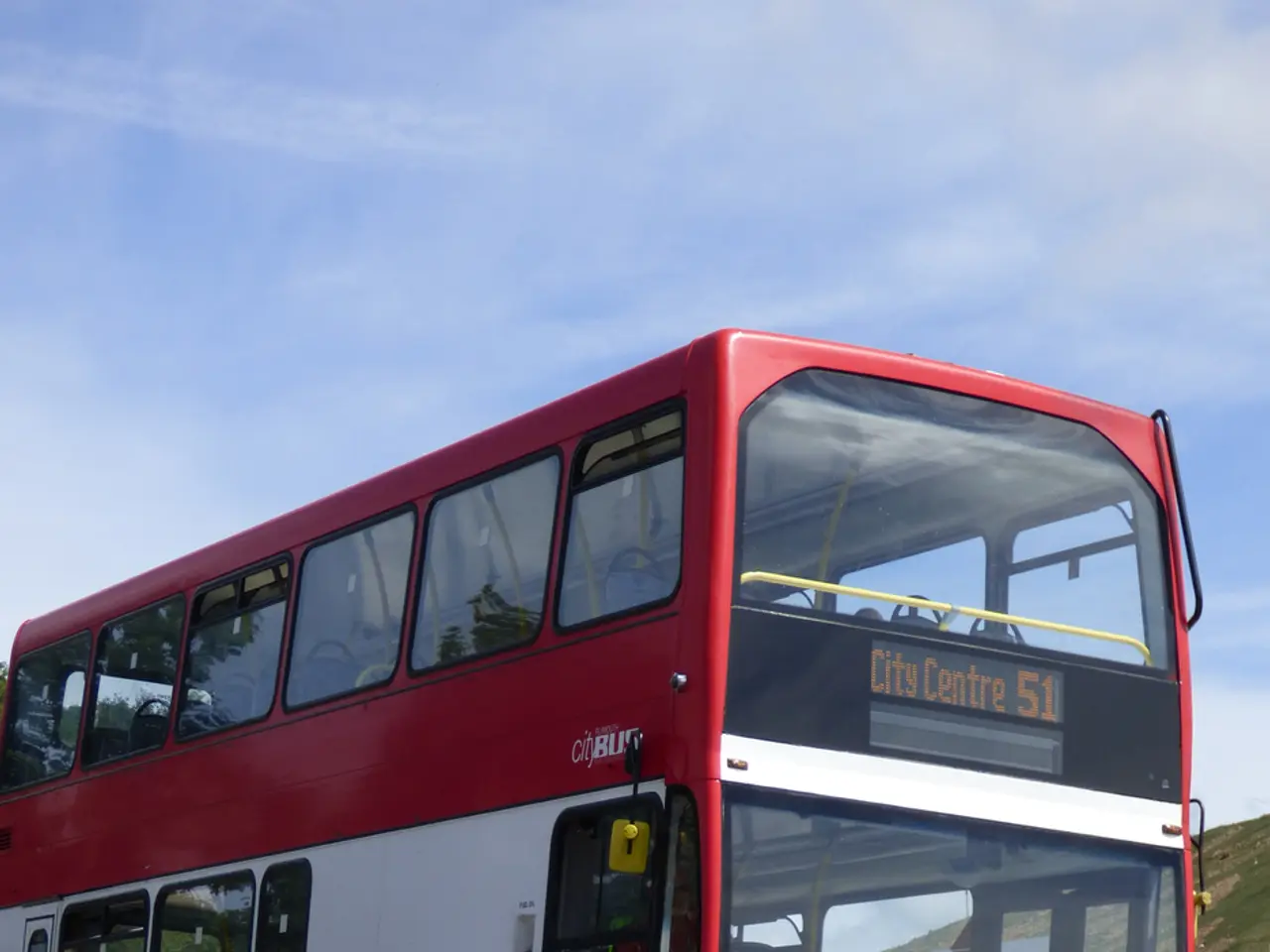Enhanced Transportation, Financial Gains: MTA Offers Six-Month Review on Manhattan Congestion Pricing Zone
The Metropolitan Transportation Authority (MTA) has implemented a congestion relief zone (CRZ) pricing programme in New York City, aiming to reduce traffic and improve transit usage across the region. Since its activation in January, the programme has shown significant success in achieving these goals.
Traffic throughout the region has decreased by 11%, with the total number of vehicles entering the zone seeing a marked reduction. This decline has been accompanied by a decrease in traffic injuries within the CRZ, dropping by 15%. Moreover, noise pollution, including honking and vehicle noise, has decreased by 45% in 2025.
The CRZ pricing programme has provided a boost for economic activity across New York City. Business district pedestrian activity within the CRZ has increased by 8.4%, higher than the growth outside the area (2.7%). Air quality has improved, with a decrease in fine particle air pollution (PM2.5) at a majority of sites both inside and outside the CRZ.
Transit ridership has seen a substantial increase across all modes of transport. Subway ridership has risen by 7%, bus by 12%, Metro-North by 6%, and Access-A-Ride by 21%. On-time performance for subways, Long Island Rail Road, and Metro-North has improved significantly, with rates of 85.2%, 97%, and 98% respectively in 2025.
The MTA expects revenue from the scheme to achieve its initial target of 500 million USD in 2025. The new funding will enable the MTA to deliver 15 billion USD worth of critical capital improvements to mass transit on each of its subway, bus, Long Island Rail Road, and Metro-North Railroad systems.
Improvements set to be delivered with the new funding include 435 additional R211 subway cars, 44 new dual-mode locomotives for the Long Island Rail Road, 300 new M9A cars for Metro-North, and Communications Based Train Control (CBTC) signal upgrades. Additional improvements are set to include ADA upgrades at 23 subway stations and the commencement of the tunnelling contract for Phase 2 of the Second Avenue Subway.
The first phase of the Queens Bus Network Redesign was launched in June, with the second phase due to begin on 31 August. Pedestrian fatalities within New York City have returned to levels last seen in 2018. Crashes across the Congestion Relief Zone (CRZ) have decreased by 14%. Bus speeds within the CRZ have increased by an average of 3.2%, with some routes seeing a 25% increase.
Despite the programme's success, it has faced criticism from United States Secretary of Transportation Sean P. Duffy, who called for its immediate termination due to its 'unprecedented scope'. However, New York State and the MTA have successfully fought off a number of legal challenges launched by the United States Department of Transportation (USDOT) and the Trump Administration to terminate the programme.
The Phase 2 contract for the Second Avenue Subway tunneling was awarded in the second half of 2025 due to extended planning, regulatory approvals, and funding finalizations needed to ensure project readiness. Overall, the CRZ pricing programme continues to demonstrate its effectiveness in reducing traffic, improving transit usage, and boosting economic activity in New York City.
Read also:
- Lu Shiow-yen's Challenging Position as Chair of the Chinese Nationalist Party (KMT) Under Scrutiny in Donovan's Analysis
- Tough choices on August 13, 2025 for those born under Aquarius? Consider the advantages and disadvantages to gain guidance
- Microbiome's Impact on Emotional States, Judgement, and Mental Health Conditions
- Restaurant staff allegedly requires Minnesota teenager to validate her gender for bathroom access.







